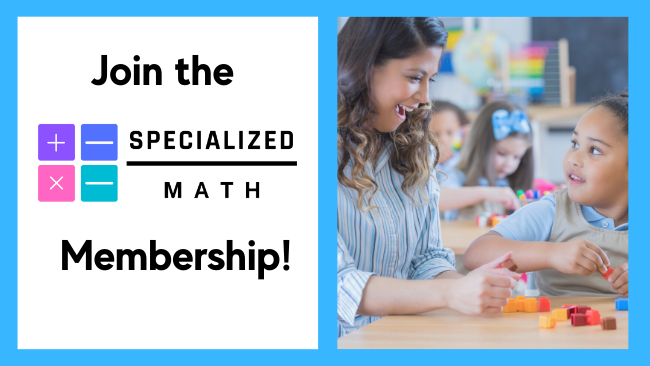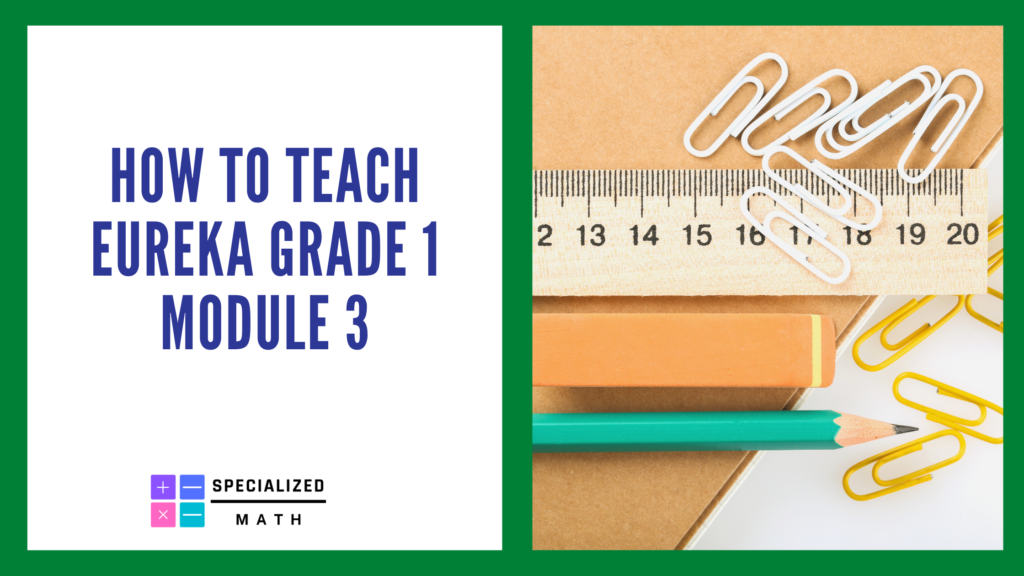Eureka Math Grade 1 is broken into 6 Modules that span the course of the school year. First Graders develop an understanding of addition, subtraction, and strategies for adding and subtracting within 20.
In first grade, students develop an understanding of whole number relationships and place value, including grouping in tens and ones. There is also time spent on developing understanding of linear measurement and measuring lengths as iterating length units. Students in first grade also reason about the attributes of geometric shapes. They also learn about composing and decomposing geometric shapes.
Students work with addition and subtraction alongside First Grade word problems. Students also begin building fluency with addition and subtraction fact. This work lays the foundation for success in future grades.
Focus Standards
The focus standards for Grade 1 Module 3 are:
1.OA.1 – Use addition and subtraction within 20 to solve word problems involving situations of adding to, taking from, putting together, taking apart, and comparing, with unknowns in all positions, e.g., by using objects, drawings, and equations with a symbol for the unknown number to represent the problem.
1.MD.1 – Order three objects by length; compare the lengths of two objects indirectly by using a third object.
1.MD.2 – Express the length of an object as a whole number of length units, by laying multiple copies of a shorter object (the length unit) end to end; understand that the length measurement of an object is the number of same-size length units that span it with no gaps or overlaps. Limit to
contexts where the object being measured is spanned by a whole number of length units with no gaps or overlaps.
1.MD.4 – Organize, represent, and interpret data with up to three categories; ask and answer questions about the total number of data points, how many in each category, and how many more or less are in one category than in another.
Prerequisite Standards
The foundational standards, or standards that students should have mastered prior to engaging in this module are:
K.CC.5– Count to answer “how many?” questions about as many as 20 things arranged in a line, a rectangular array, or a circle, or as many as 10 things in a scattered configuration; given a number from 1–20, count out that many objects.
K.CC.6 – Identify whether the number of objects in one group is greater than, less than, or equal to the number of objects in another group, e.g., by using matching and counting strategies. (Include groups with up to ten objects.)
K.CC.7 – Compare two numbers between 1 and 10 presented as written numerals.
K.MD.1 – Describe measurable attributes of objects, such as length or weight. Describe several measurable attributes of a single object.
K.MD.2 – Directly compare two objects with a measurable attribute in common, to see which object has “more of”/“less of” the attribute, and describe the difference. For example, directly compare the heights of two children and describe one child as taller/shorter.
Vocabulary
Newly introduced vocabulary for Grade 1 Module 3 includes: centimeter, centimeter cube, centimeter ruler, data, endpoint, height, length uni, poll, and table or graph.
Previously reviewed vocabulary includes: less than, longer than/taller than, more than, shorter than, tally marks.
Topics for Eureka Grade 1 Module 3
Eureka Math First Grade Module 3 are then then broken down into four topics:
Topic A – Indirect Comparison in Length Measurement
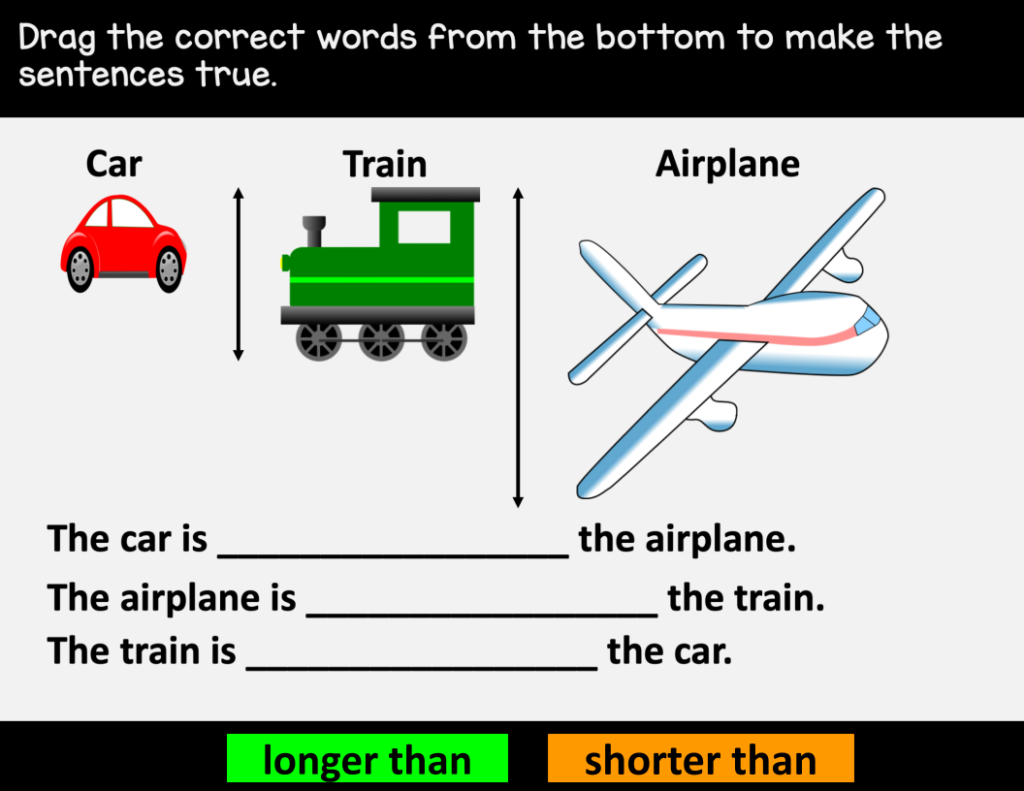
In Topic A, students learn about comparing lengths. Students learn to make direct comparisons. For example the crayon is shorter than the pencil. Students also learn to make indirect comparisons. For example, the mouse is shorter than the cat, and the cat is shorter than the horse, so the mouse must be shorter than the horse.
Topic B – Standard Length Units
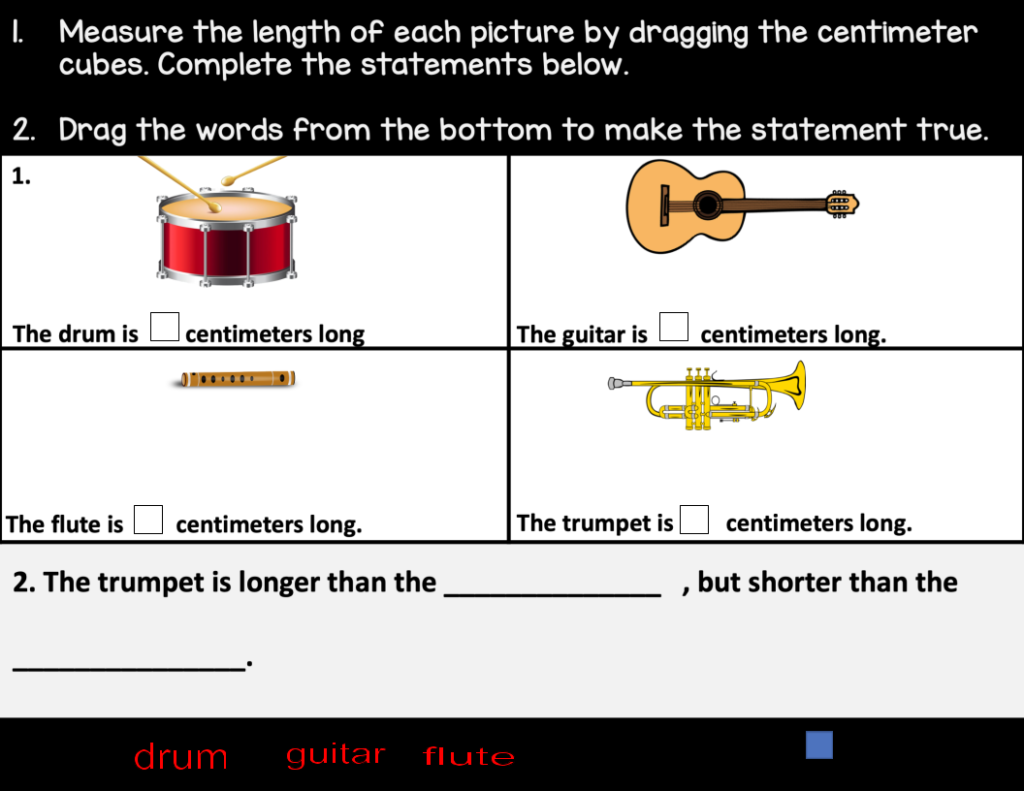
In Topic B, students get an introduction to the idea of a length unit, taking the concepts of longer than and shorter than to which adds a new level of precision to measurement. Students will lay centimeter cubes end to end along the length of an object with no gaps or overlaps. Students then ill learn that the total number of cubes represents the length of that object in centimeters. Students end Topic B with comparing lengths by using statements such as, “The crayon measures 6 centimeters. The eraser measures 4 centimeters. So the crayon is longer than the eraser.”
Topic C – Non-Standard Length Units
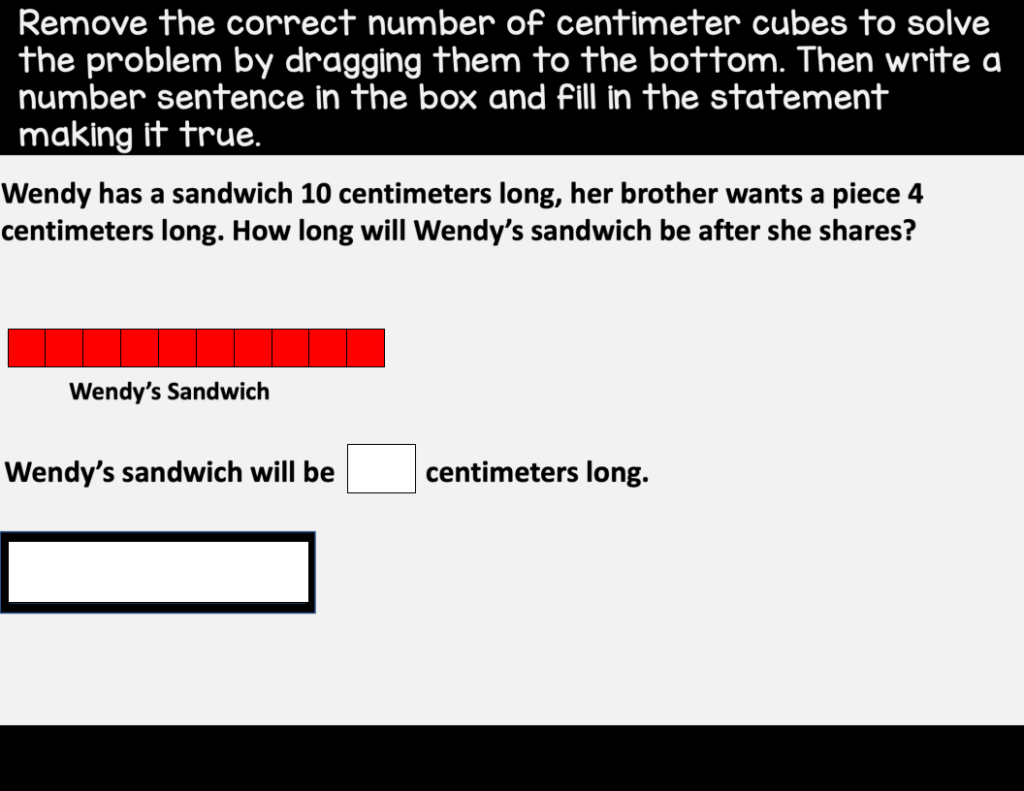
For Topic C, students explore the importance of measuring with standard, same-sized units. They begin to answer questions such as, “If Deema uses paper clips and John uses pencils and they both measure the same items in our classroom, will they be able to compare their measurements?” Finally, we will solve word problems relating to length.
Topic D – Data Interpretation
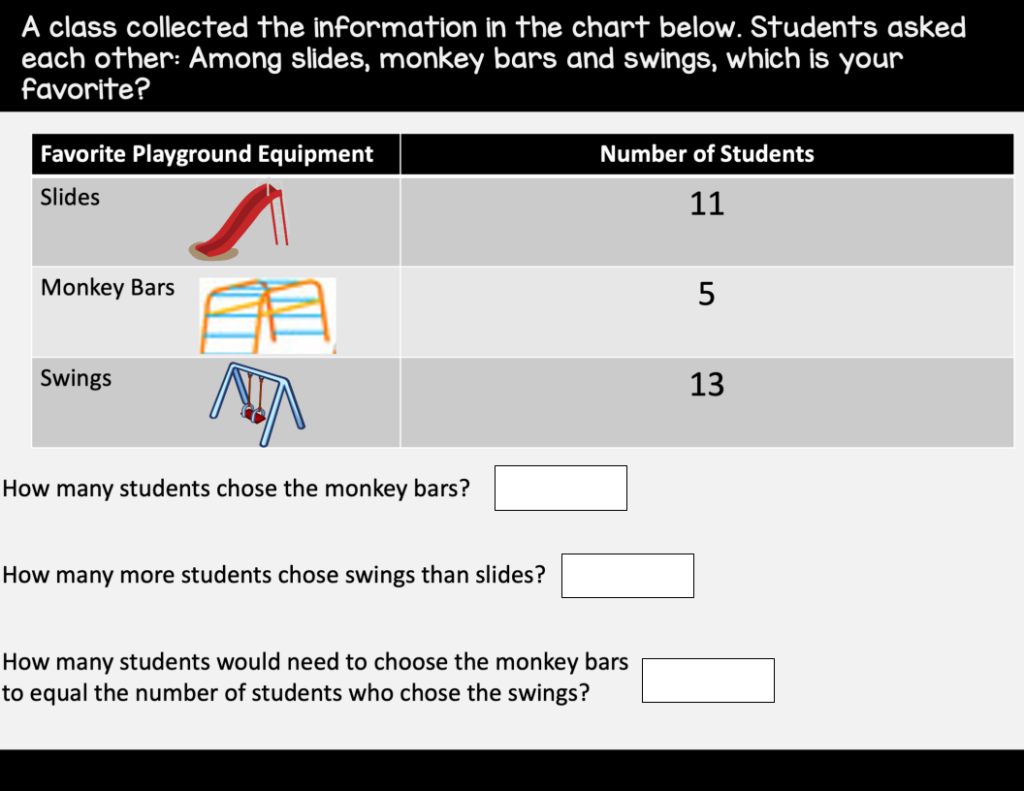
In Topic D, Students organize, represent, and interpret personally relevant data by working together to collect, sort, and organize data into graphs before independently analyzing data. Students then work to compare information that is presented in graphs. They end the Topic by answering and asking questions through the completion of word problems.
Addressing IEP Goals for Students with Disabilities
When general education teachers and special education teachers take the time to make note of student’s standards-based IEP goals, they will find that there are multiple opportunities to make connections for students with IEPs. By unpacking Eureka Modules and Topics, teachers can understand the topics that are upcoming so that they can better support students. With strategic planning, teachers can make Eureka math or any math curriculum accessible for students with disabilities.
Digital Resources to Teach Eureka Math
Eureka Math is a solid mathematics curriculum that is used by many school districts all over the country. However, teaching Eureka Math during the pandemic has been a challenge for many teachers.
Whether hybrid, virtual, or in-person, it is difficult to deliver this curriculum without some form of technological adaptation, especially when considering different learning needs. That is why we created digital math practice problems that can also be used to supplement Eureka Math.
These problems are created using Google Slides and include virtual manipulatives which can help with your digital math lessons more engaging. These digital problem sets are also perfect for assigning for a technology center or for additional practice at home.
The photos above are taken directly from these problem sets. If you would like to learn more, please visit our Teachers Pay Teachers Store.
